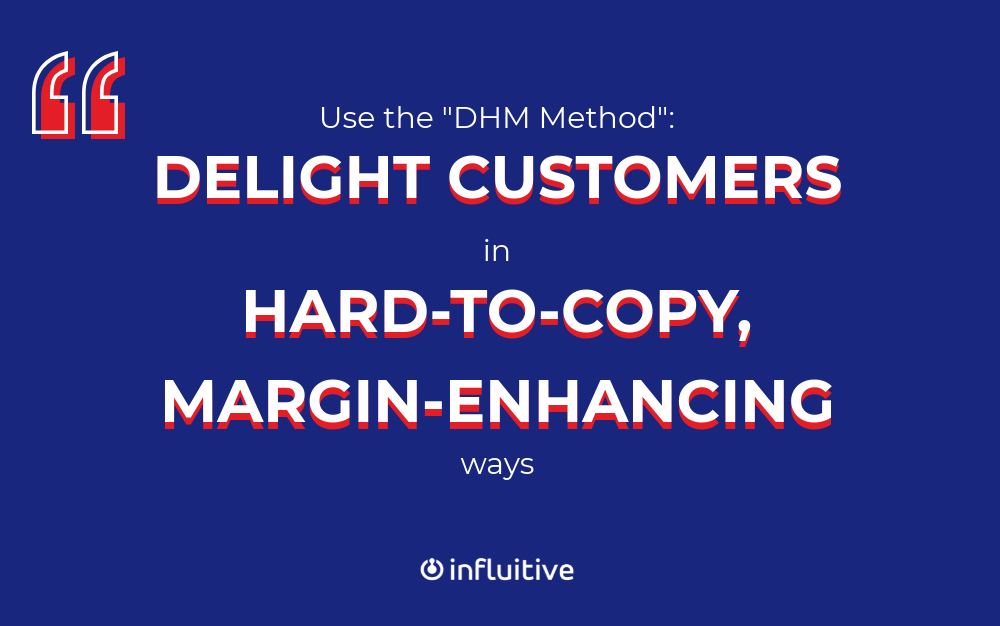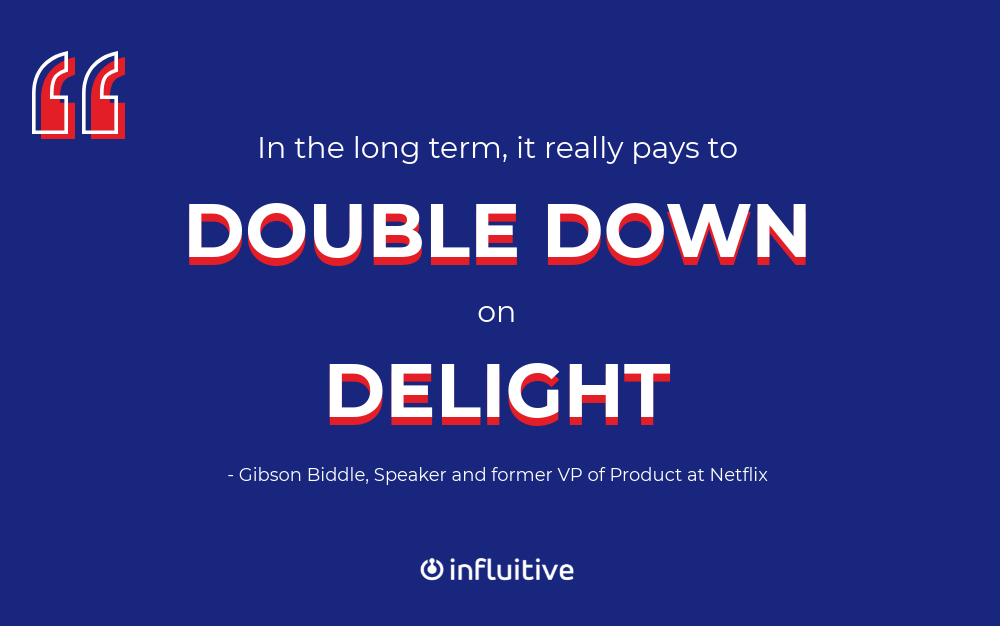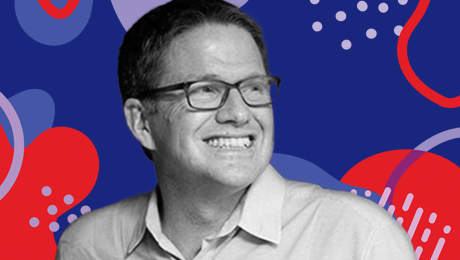You can claim to be customer obsessed. But can you back it up with numbers? Former Netflix VP of Product Gibson Biddlethinks so, and he has a method for delighting customers in hard-to-copy ways that proves it.
In his Advocamp 2018 video session, available with the purchase of an on-demand pass, Gibson shared his journey to Netflix and what they taught him about data, consumer science, and customer obsession. If you too hope to one day build a brand of the likes of Netflix, one of the most-loved brands in America, there’s one question Gibson wants you to ask yourself. If you were Netflix, would you send a notification to users when their free trial was about to expire and their credit card about to be charged?
To understand why Netflix arrived at the answer they did, and why it’s now valued at $160 billion, you have to read his story.
Watch Gibson’s Advocamp Session by purchasing your on-demand pass here.
Word of mouth travels fast and opens doors
Gibson began his entertainment career producing video games at Electronic Arts, where the culture was so competitive that he kept a picture of the product manager he competed with on his desk. Sound intense? Maybe, but it drove him to succeed. His first hit was especially popular with younger folks, and we mean really young—Sesame Street: Elmo’s Preschool.
The game landed him an interview with Reed Hastings, Co-Founder of a little startup called Netflix. In the interview, Reed asked Gibson two things:
- Can you delight customers?
- Can you do consumer science?
Reed wanted to use what was then an order-by-mail DVD rental startup as a system to test what consumers really value. As Gibson puts it: “If you can delight customers and run experiments to invent the future, and you do it in hard-to-copy ways, you arrive at a place that’s free of competition.” Excited, Gibson signed on.
Learning consumer science at Netflix

At Netflix, Gibson learned the DHM method. That’s ‘delight customers in hard-to-copy, margin-enhancing ways.’ To use it, you need a process for testing customer delight in a scientific way:
- Form a hypothesis (i.e. customers want movies on demand for a reasonable subscription cost).
- Create an experiment to test it (send pre-ordered movies to a sample of customers).
- Use human judgment to decide what to do (they love it—it’s time to expand).
Use existing data, surveys, focus groups, AB tests, and user communities to evaluate your hypothesis. As Netflix is constantly working out hypotheses to create the next great user streaming experience, they have one huge advantage: customer data. They’ve accumulated such deep knowledge of their customers’ preferences that they can forecast that investing in a niche show like Bojack Horseman—an absurdist cartoon about a boozed-up humanoid horse that would probably terrify any broadcast network producer—could be a smash hit for the select group that finds it riveting.
Evaluating ideas only within insular communities will give you limited feedback, so it’s important to expand your reach as your audience grows. “I learned to get outside Silicon Valley and visit other parts of the world that are more ‘normal’ to get better feedback,” says Gibson.
A product leader like Gibson also has the challenging job of constantly balancing delight and margin. Making Netflix free would certainly cause consumer delight to skyrocket, but the result on margin? Ruinous. Everything Gibson does tips this scale one way or another. Ideally, you want to find a way to live in the middle ground. Data and testing help you find that place.
Sometimes delight isn’t worth the hit to margin

Early on, when Netflix was a mail-order DVD rental service, customers wanted new releases faster. Netflix ran an experiment on 10,000 of their one million customers and sent new releases next-day, satisfying users’ demands. But, it meant they had to hold much more inventory and incur more expense.
The next-day new release DVD experiment reduced monthly attrition from about 4.5% to 4.45% in the test sample. Across the entire customer base, that’d “save” the company 5,000 customers. If each customer’s lifetime value (LTV) is $100, and you assume that each delighted customer refers at least one friend, there are potential savings of 5,000 x $100 x 2 = $1 million.
But the cost of the extra inventory, if Netflix delivered next-day delivery of new release DVDs for all customers, would be a cool $5 million. Certainly not worth it.
Make your advantages hard to copy
Netflix’s big competitor, Blockbuster, a brick and mortar DVD rental store (remember those?) copied Netflix’s mail order model. Then it began to copy Netflix’s marketing. Netflix updated its homepage to display a happy family watching TV with a big, red CTA button. A month later, just as Gibson predicted, Blockbuster followed suit.
Back then, Blockbuster was a national brand with name recognition and 12x higher revenue than Netflix. It posed an existential threat.
The Netflix team had to ask themselves how they could make it harder to copy their platform and marketing. They tried an offer that was unheard of: no late fees. At the time, half of Blockbuster’s revenue came from late-fees. It’s important to build things that are hard for your competitors to copy, and Netflix went where Blockbuster couldn’t follow.
Occasionally, delight is more valuable than money
Initially, when it evolved into a streaming platform, Netflix didn’t give users notice when their trial ended—it simply switched them from free to paid and charged their credit card. The customer service team, at the time, noticed that they spent millions of dollars a year responding to calls from people asking for their money back. It was clear that Netflix had to do something, but what?
Netflix decided to run a test where they sent a reminder that customers’ free trial were about to end, three days before their free month expired. Many of those customers were appreciative but still canceled their service. If they rolled that feature out, Netflix would lose an estimated $50 million.
“So, should you roll the free trial reminder out to everyone even if you know you’ll lose so much money?”, asks Gibson. “The DHM model is quite helpful here. First question, it’s a negative margin story. But the second question is delight. I think the people who got notified and canceled were surprised and delighted and told friends. And I’d like you to ask yourself: What would you think about Netflix if this were the practice they engage in? So the last thing is, what’s the hard-to-copy thing? That’s trust, it’s all about the brand. So this delights, it’s hard to copy, but you lose $50M. That’s the decision.”
A debate ensued at Netflix about whether they should roll the free trial reminder out to all new members, but in the end, the ability to delight customers and build an even stronger hard-to-copy brand won out and Netflix implemented the notifications.
Years on, the test and their stance on brand have paid off. Netflix is now making $15 billion in revenue, making the estimated $50 million they lost out on seem like a reasonable price to pay to become America’s third favorite brand, beating out Hershey and even Disney.
How do you know if your company is customer obsessed?

“In the long-term, it really pays to double-down on delight. There is a cost to doing a good thing and building a worldwide brand. You can’t measure everything… and that’s why human judgment is critical,” says Gibson.
When looking to see how you measure up in terms of customer obsession, Gibson recommends that you look for these five things:
- Do you have a lot of existing data?
- Are you engaged in ongoing patterns of usability and focus groups—really listening and understanding your customers?
- Are you gathering the data you’re lacking through surveys and NPS?
- Do you have a strategy to guess what will delight customers in margin-enhancing ways?
- Do you have a strong consumer science system—that lets you test anything—in place?
Go beyond customer obsession by not only listening to what delights customers, but actually involving your customers in your processes throughout—from sales, to marketing, customer success, and product development. Check out our Customer-Powered Enterprise Playbook to find tips on how to do just that.












































